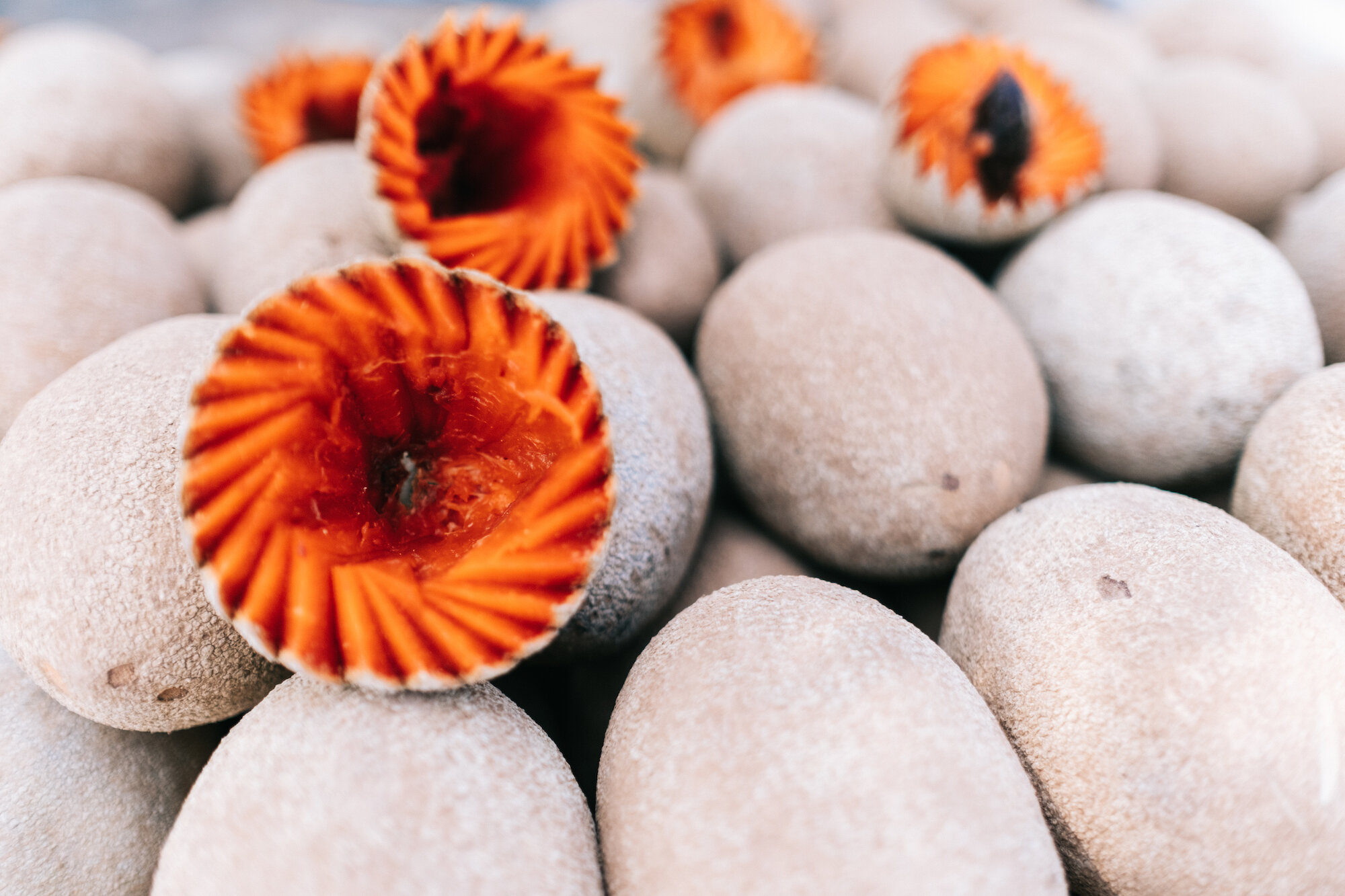ayurveda for august: dietary guidelines
August is a crucial time for nourishing and rebalancing our systems before September’s headlong plunge into autumn. It can also be a time to slow down after summer’s crest, returning to the routines that nourish us. Ayurveda, Yoga’s sister science, has a wealth of practices and insights to support balance in bodymind and spirit.
We’ve already shared cooling practices and summer rituals, so this week we’re focused on dietary guidelines for nourishing support through the seasonal transition.
Please note: these are general guidelines that should be tempered by your own intuition and knowledge of your body and the climate where you are (for example, mid-august is still very hot and humid where I live, so I’ll be following Ayurvedic guidelines for July until probably the last week of August). Also, if you live with a chronic health condition or disordered-eating tendencies, please discuss any changes to your diet with a trusted professional. Ok, here we go!
basic tips
August can be a particularly drying time, so keep up your fluid intake, and eat foods that help rehydrate your tissues (like melons, cucumber, zucchini/summer squash, lettuce, oranges, and mangoes); if you tend to dry out easily or you know you have a dry airy Ayurvedic constitution (Vata), add a pinch of salt and a slice of lime to your water.
Keep your skin hydrated too! Especially leading into the dry/windy season of autumn, show your skin some extra love with daily or weekly oil massage.
Digestive fire (agni) is low in summer, so it’s best to eat foods that are easy for your body to digest. Eat your heaviest meal at midday, when the digestive fire is strongest.
Keep moving - and rest when your body asks for it. If it’s cooler in the morning or evening, take advantage of the opportunity to enjoy a walk or hike outside. It’s also common to feel extra tired or heavy during this month, so consider an afternoon nap or earlier bedtime, building your body’s defenses for the cooler seasons ahead.
helpful ingredients for late-summer
fruits: pears, grapes, melons (watermelon in moderation), figs, mango, passionfruit, lime and lime juice
veggies: cucumber, summer squash / zucchini, stone fruit, tomatoes (in moderation), sweet potato, avocado, arugula, carrots
starches: basmati rice, sweet potato, jicama, oats (cooked or soaked), barley or quinoa (well-cooked, at mid-day when digestive fire is strongest)
herbs and spices: fennel, coriander/cilantro, cardamom, basil, mint, turmeric, cumin, dill
Whichever ingredients call to you or are most accessible in your area, get creative with how you put them together. (Stew some peaches or pears in coconut milk and cardamom, then refrigerate for your morning cereal or smoothie! Make a salad with cucumber, summer squash, and arugula! Fennel and citrus are good with just about anything!) But here are a couple of staples to get you rolling…
recipe ideas
cantaloupe-basil OR watermelon-basil smoothie
Cold fruit can be so refreshing on a hot afternoon (or morning!). Depending on how your body has reacted to the heat, you can use cantaloupe to hydrate after a dry summer, or watermelon to ease water retention.
2 cups melon
5-7 basil leaves (to taste)
1/2 cup water, coconut water, or juice
options: liquid sweetener like agave or maple syrup; for a thicker or more protein-rich smoothie, add 1/2 cup yogurt or milk (coconut milk makes it especially creamy); add a handful of spinach if you’re into that sort of thing! if you’re not a melon person, pear can be a good substitute
coconut rice
Use 3 cups water, 1/4 cup coconut flakes, and 2 tbsp coconut oil for every 1 cup of uncooked rice; boil the water, add the other ingredients with a pinch of salt, cover and reduce to a simmer. Add cardamom and fruit for a sweet version, or pair with savory veggies or proteins of your choice (beans, fish, and poultry are considered relatively easy on the digestive tract). When choosing spices, avoid excess heat. fennel and cilantro both have cooling properties.
overnight oats
Remember in 2009 when overnight oats filled your Pinterest feed with delicately layered jars? Remember when Pinterest was a thing?? Anyway, overnight oats are perfect for August. Nourishing, hydrating, cooling, easily digested (for most of us!) and easily customized. The add-in possibilities are endless, but here’s the basic idea: use a 1:1 ratio of rolled oats and milk (animal or plant-based), and half as much yogurt (or skip the yogurt entirely if it’s not your thing, I won’t tell!). If you’re using sweetener, vanilla, spices, frozen fruit and/or chia seeds, add them now. Cover and soak in the fridge overnight (or about 3 hours, if you’re in a hurry). In the morning, add any other toppings you like (fresh fruit, nuts, coconut flakes, nut butter, jam…) and enjoy!
other resources
There is a huge amount of information out there about Ayurvedic living and eating (and a lot of it is diet-culture garbage, sorry). Here are a couple of sources we trust:
Dr. Vasant Lad, MASc has written some of the most widely respected and comprehensive modern texts on Ayurvedic medicine, including The Complete Book of Ayurvedic Home Remedies and Ayurvedic Cooking for Self Healing. (There’s also a decently compelling documentary about him called “The Doctor from India”. Fun fact).
Joyful Belly, as the name suggests, is especially helpful for learning about Ayurvedic diet. The have a ton of free articles on their website, and also offer trainings.
If you’d like to learn more about your unique Ayurvedic constitution, here’s a dosha quiz we can recommend from One World Ayurveda.

